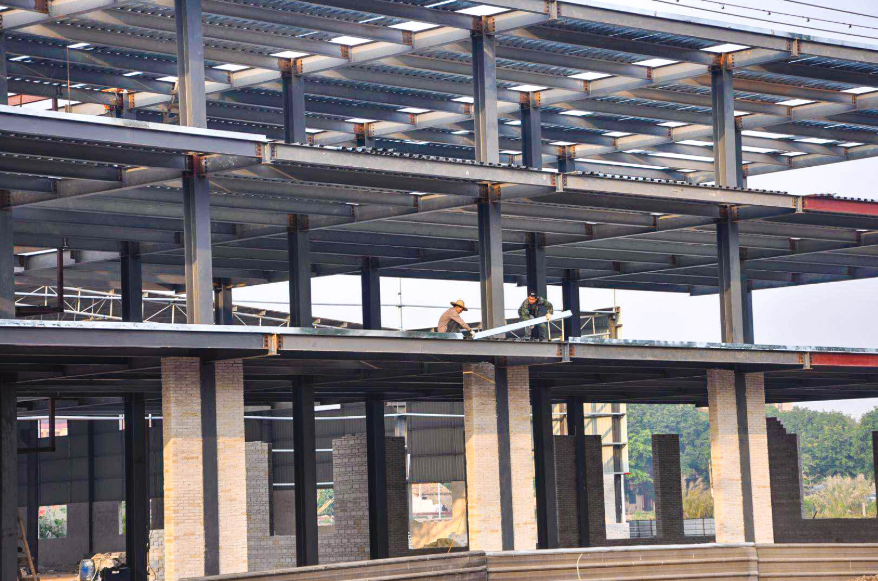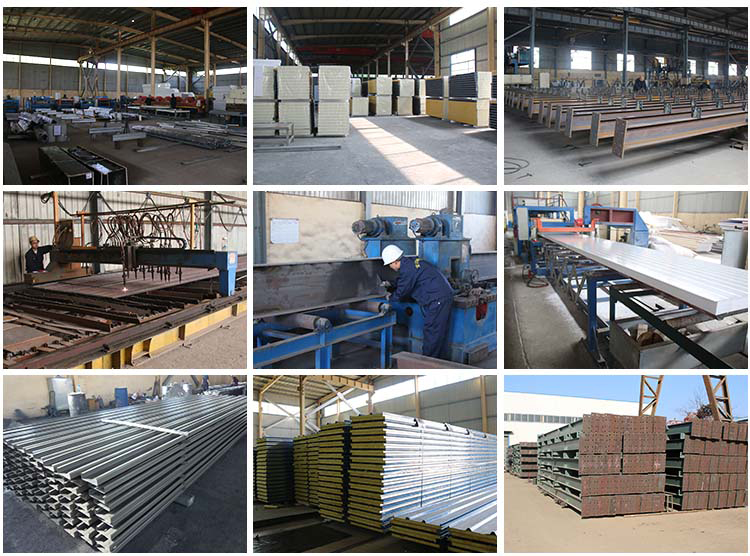Performance and Characteristics of Steel-framed Houses
We all know that the use of steel framing systems in residential buildings can fully leverage the ductility and plastic deformation capabilities of steel. Consequently, steel-framed houses possess excellent earthquake and wind resistance, significantly enhancing residential safety and providing a peaceful living environment.

I. Characteristics of Steel-framed Houses
Prefabricated houses can better meet the requirements for flexible and spacious interior layouts compared to traditional buildings. They reduce the cross-sectional area of columns and utilize lightweight wall panels, thereby increasing the effective living space. Furthermore, lightweight, energy-efficient, and standardized prefabricated wall panels are used instead of clay bricks, providing excellent thermal insulation and achieving 30% energy savings. During earthquakes and typhoons, these houses can effectively prevent catastrophic collapses, safeguarding human life and property.

II. Performance of Steel-framed Houses
The construction of steel-framed houses is highly mechanized. The materials are uniform and ready-made, simplifying processing and shortening the construction period. Steel-framed houses are lightweight despite the high density of steel. Their excellent mechanical processing properties allow them to bear significant loads with small cross-sectional dimensions. Under the same load, the weight of a steel roof truss is often no more than one-third of that of a reinforced concrete roof truss. The lightweight nature of steel structures facilitates transportation. Steel-framed standard houses offer flexible layouts. The layouts of steel-framed houses can be versatile, effectively addressing issues such as ventilation, lighting, heating, insulation, roof drainage, the arrangement of living facilities, and emergency egress.

However, steel-framed houses, especially villas, exhibit low fire resistance. Without fireproof treatment, although they themselves do not ignite, their strength rapidly declines during a fire. Theoretical calculations indicate that under full load, the critical temperature for steel structures to lose static stability is approximately 500°C. Typical fire scenes reach temperatures above 800°C. At such temperatures, exposed steel structures can undergo plastic deformation and partial damage within about 15 minutes, leading to overall structural collapse and failure.



